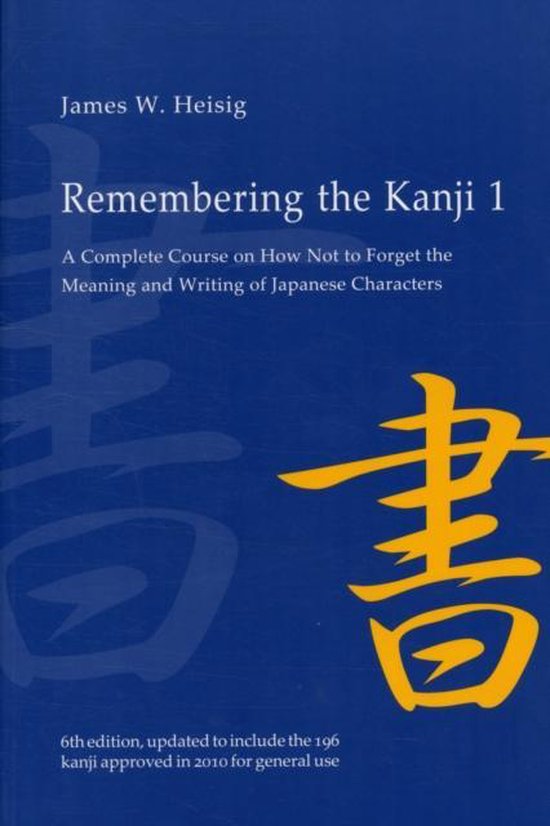Met dit boek van Heisig wordt het leren van Kanji ineens eenvoudig. Elke kanji wordt ontleedt tot een aantal basis elementen en hiermee wordt een verhaaltje gebouwd. Als voorbeeld: Neem de kanji voor anxiety: 煩 deze is opgebouwd uit de elementen "vuur" (火) en "hoofd" (頁). Anxiety moet je dan zien als "The head is set afire, causing deep torment of spirit" in het verhaal van Heisig. Zodra je dit voor jezelf visualiseert zul je de kanji niet zo gauw meer vergeten!
Niet alleen geeft Heisig een aantal ezelsbruggetjes, ook wordt er stilgestaan bij verschillende "review" technieken en leermethoden die helpen de kanji zo goed mogelijk te leren. Al met al, dus een echte aanrader!
